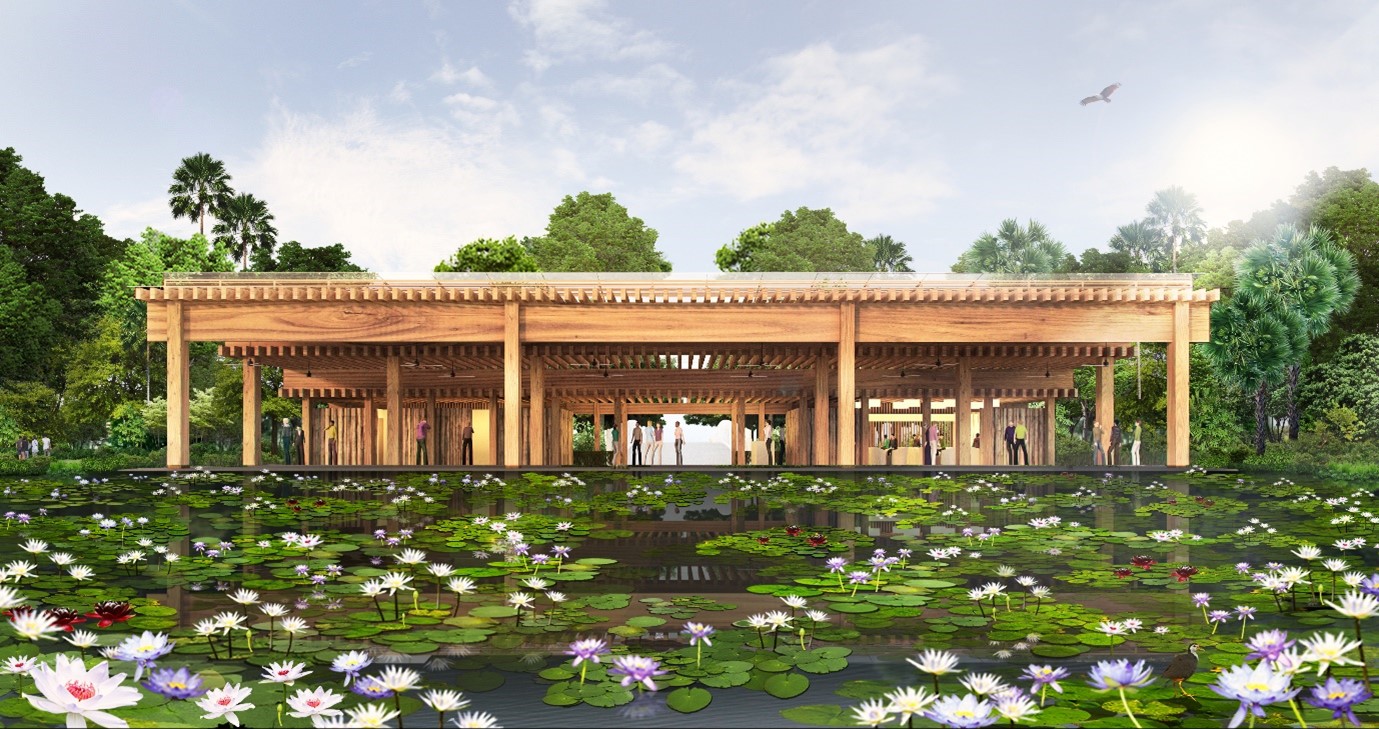A PLACE TO GO: Behind the Scenes! Managing Waste and Energy at Jurong Lake Gardens
Jurong Lake Gardens is Singapore’s first national gardens situated in the heartlands.
Jurong Lake Gardens takes pride in using smart technology to enable sustainable operations in the Gardens. The Gardens serves as a testbed for green innovation that seeks to reduce environmental impact.
Keep a lookout for these smart ideas that contribute towards sustainability outcomes and efficient operations that make visiting Jurong Lake Gardens an environmentally friendly, safe, and comfortable experience for everyone.
Buildings that Convert Solar Energy into Electricity
Can buildings be designed to generate clean energy?
Perovskite Glass-integrated Photovoltaic (GIPV) is a new method of embedding solar cells in glass panes to convert solar energy into electricity.
This method allows for customised perovskite shapes and patterns to be printed and incorporated into the glass panes, which can then be used as part of the building façade or roof.
 At Jurong Lake Gardens, GIPV will be integrated into the roof of the Water Lily Pavilion (Credit: NParks)
At Jurong Lake Gardens, GIPV will be integrated into the roof of the Water Lily Pavilion (Credit: NParks)
This project is sponsored by Prominence Photovoltaics Pte. Ltd.
A Smarter Way towards Clean Energy
Currently, Singapore’s power grid is AC (alternating current) while solar panels and electric vehicles or electronic devices run on DC (direct current).
Jurong Lake Gardens is planning to test a new solid-state transformer (SST) technology that can provide a bi-directional interface for AC and DC power. This would enable energy to be generated more efficiently through solar panels and for the seamless transfer of clean energy to electric vehicles.
The SST pilot is a collaboration amongst NParks, Nanyang Technological University (NTU), JTC, SP Group and ST Engineering.
If successful, new SST technology could potentially be rolled out island wide and contribute towards Singapore’s sustainability outcomes.
Click here to learn more about sustainability and smart technology at Jurong Lake Gardens.

